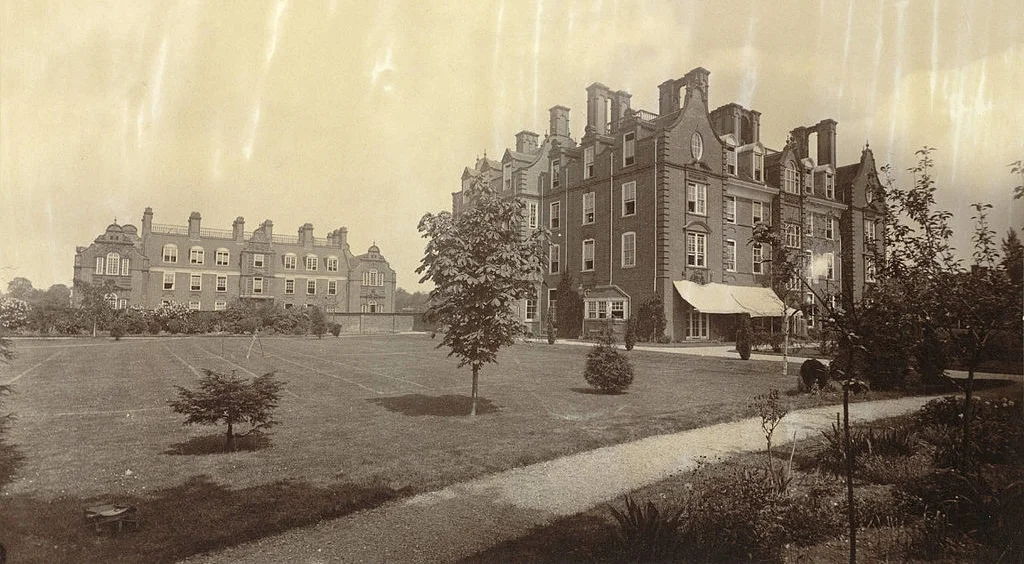The Black Women Food Scientists Who Created Meals For Astronauts
For the 50th anniversary of the Apollo 11 mission, Nestlé foods released a replica menu of the microwavable meals the astronauts ate during their 21-day quarantine on Earth, which lasted from July 24 to August 14, 1969. These are the same menus that inspired the "Everyone who's been to the moon is eating Stouffer's" ad campaign, printed in Life Magazine on August 8, 1969. The ad refers to NASA’s contract with Stouffer's Foods, an Ohio based food company owned by Nestlé since 1973 and known for its frozen macaroni and cheese, restaurants, and hotels. The NASA contract and the ads helped transform Stouffer’s into a household name. But the company has failed to acknowledge the black women who made the meals possible. Media histories of Stouffer's Foods and most academic histories of spaceflight have failed to cover the labor of black women, but alternative sources, such as the historic black press, provide a window into and an understanding of African Americans’ involvement in the space race.
Founded in 1914, Stouffer’s Foods Corporation began as a small dairy stand in northeastern Ohio, but by the 1960s, it had grown into a leading food company, complete with an $8.5 million food processing plant and test kitchen. In 1967, NASA selected Stouffer’s to provide meals for the Apollo 11 crew, in part, because the company’s microwavable meals were not only convenient but also flavorful. In the tight crew reception area of Lunar Receiving Lab, where astronauts were isolated for three weeks to prevent possible lunar contagions from spreading, NASA’s dieticians could quickly zap the meals in a microwave. Additionally, Stouffer’s home economists tested the food for harmful bacteria, which meant NASA scientists could rule out foodborne pathogens and link potential astronaut illnesses to extraterrestrial organisms, or “moon bugs.” According to James M. Biggar, president of Stouffer’s, no other food company could “guarantee the same level of purity.” This “level of purity” was made possible by the women who worked in the test kitchen, in quality control, and on the production line.
By the time Stouffer’s established its first restaurant in 1924, home economists had become a permanent feature in corporations to help them understand women’s consumer behavior. Doris Davis Centini, a 1953 graduate of the Woman's College of the University of North Carolina, led Stouffer’s Food’s home economics department. In 1954, Centini worked in the Shaker Heights, Ohio restaurant’s test kitchen, where Stouffer’s first experimented with frozen food products. As historian Carolyn M. Goldstein notes, “home economics programs […] placed a heavy emphasis on science, they graduated with knowledge of the basic chemical and physical principles of such subjects as textile and nutrition.” Centini used her home economics knowledge to help develop Stouffer’s freeze-dried method.
The test kitchen also employed black women, such as Julie Stewart, who used cooking and home economics as a pathway to greater opportunities. Stewart worked as an aide to Centini at Stouffer’s, and like most of the black women who worked on the space program at NASA or its contractors, Stewart isn’t included in the official NASA or Stouffer’s press materials or covered in mainstream publications. But on September 20, 1969, the historic black newspaper, the Pittsburgh Courier, published a profile of Stewart’s work, captioned "Julie Stewart Helped NASA Plan Menus For Apollo 11 Astronauts." The Pittsburgh Courier traced Stewart’s upward climb from Stouffer’s shipping department to the test kitchen. According to the article, Stewart was a working mother of three whose career at Stouffer's began in 1957. After five years in the shipping department, Stewart joined the home economics department, where she designed recipes, cooked, enforced FDA regulations, staged food for photos, and made serving suggestions. One of her recipes, Salisbury Stroganoff, was selected and approved for the Apollo 11 astronauts. The article proudly announced to its majority black readership that “everyone who's been to the moon—and we, too—can enjoy the delicious results of Julie Stewart's efforts.” Little else is known about Stewart’s career at Stouffer’s.
On August 2, 1969, another black newspaper, the New York Amsterdam News, profiled Sara Thompson, the quality control supervisor at Stouffer’s, in “Quarantine Meals out of this World.” Thompson’s scientific labor and knowledge of chemistry, bacteriology, and biology was critical to the astronauts’ health during their time in quarantine. As the quality control supervisor, Thompson inspected all packaging and food products visually and biochemically for dirt, wood, dust, and bacteria. In the photograph, Thompson can be seen in Stouffer’s laboratory pipetting a liquid, likely a growth serum, onto Petri dishes used for growing colonies of bacteria. Thompson utilized food science methodologies to ensure these tests aligned and exceeded the expectations of the FDA, Stouffer's, and NASA.
While James L. Hicks, the editor of the New York Amsterdam News, challenged Space Age colorblind rhetoric, the newspaper also covered African American involvement in Apollo 11. Representing black possibility in this way was part of a long tradition of black newspapers publishing interviews and histories to inspire members of their community. While historians are beginning to recover the narratives of black women, including Margot Lee Shetterly’s Hidden Figures, little attention has been given to the women at Stouffer’s. The black press helped to redefine black women’s position in home economics and is critical to recovering their stories. As we commemorate the 50th anniversary of Apollo 11, we must also remember the black women who worked for NASA contractors on the periphery of the space race.









